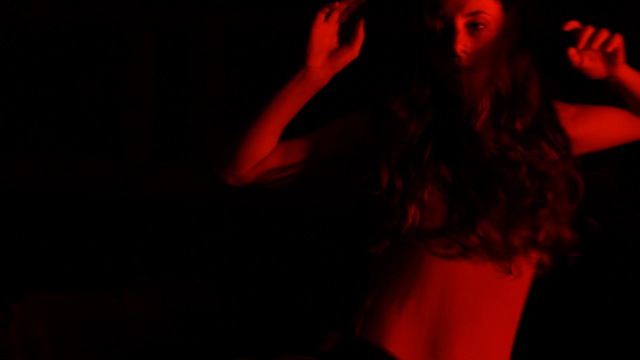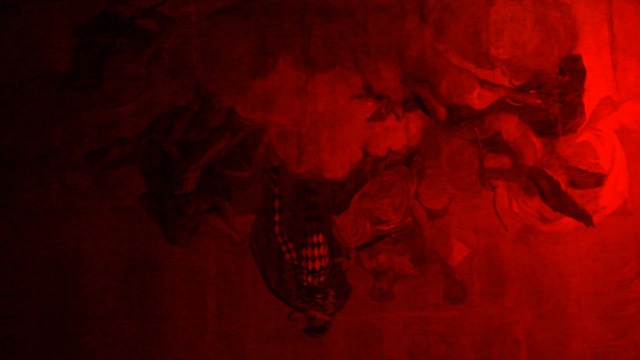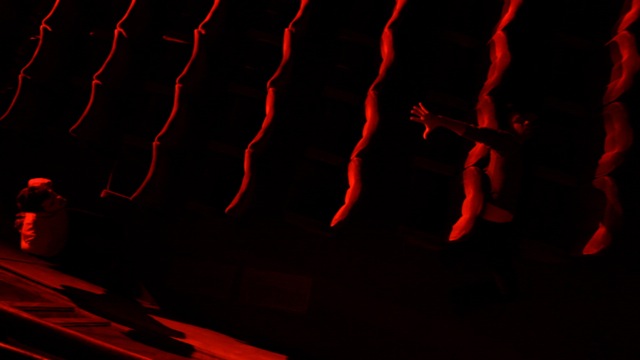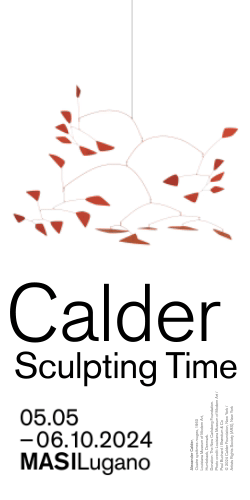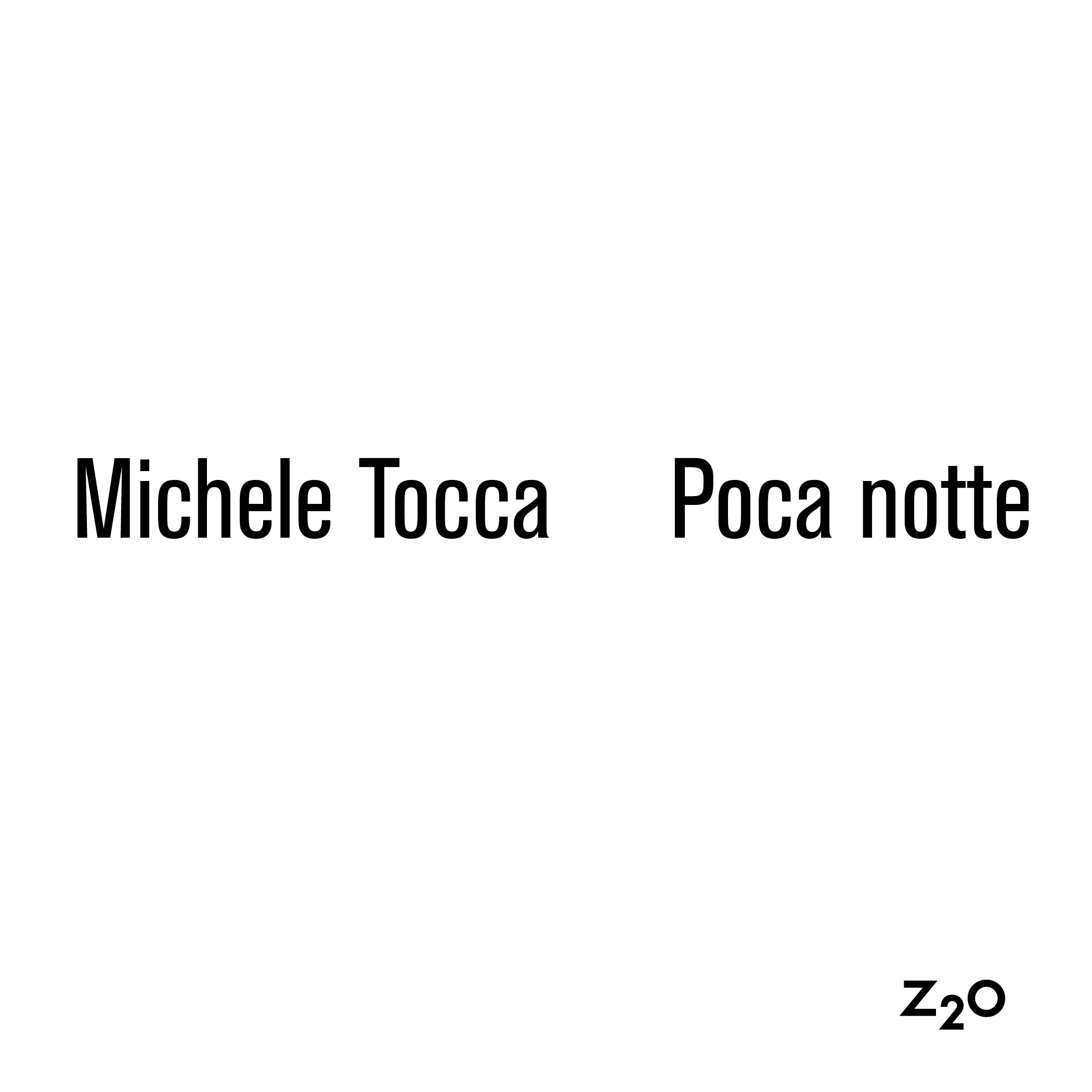
(Scroll down for the English interview)
La settimana del 12-16 novembre si è svolto al Teatro Valle Occupato di Roma il workshop a cura dell’artista Anja Kirschner ‘I’m frightened. Bring Popcorn’. L’appuntamento è parte del programma incentrato sulla relazione tra arti visive e arti sceniche, ideato dalle curatrici Cecilia Canziani e Ilaria Gianni. ATPdiary ha posto un paio di domande alle curatrici in merito al programma.
ATP: L’iniziativa che promuovete al Teatro Valle di Roma è molto articolata e diversificata, si va dai workshop con l’artista Anja Kirschner fino a proiezioni di film di Argento e Zulawski. Mi parlate nello specifico del workshop con l’artista e della partecipazione del pubblico?
C.C./ I.G.: Il workshop proposto da Anja Kirshner è una fase propedeutica a un suo progetto più ampio, un lungometraggio che l’artista girerà in collaborazione con diverse istituzioni, e in diversi luoghi: Cairo, Atene, Roma, New York. L’idea di base è che il genere horror, contrariamente a quanto sembri, ha un contenuto politico, e che proprio in periodo di particolare tensione, trova la sua fioritura. Il laboratorio era un modo per ragionare, insieme a un gruppo di persone e con l’aiuto di esperti, su questo tema e allo stesso tempo di entrare nel modus operandi del teatro, la cui progettualità si costruisce attraverso lo scambio di saperi e competenze. Una parte del film verrà girata qui a Roma, e dunque il laboratorio è stato il luogo di uno scambio simbolico. Attorno al laboratorio sono stati costruiti – dall’artista e dal Valle – degli appuntamenti pubblici, le proiezioni di film, il talk con Argento e Ghezzi, appunto, che ne prendono spunto, nell’ottica di favorire una partecipazione a diversi livelli.
ATP: Quali altri progetti state seguendo o seguirete al Teatro Valle, incentrati sulla relazione tra arti visive e arte sceniche?
C.C./ I.G.: Tutti i progetti nascono come residenze, si articolano come workshop in cui gioca un parte fondamentale lo scambio trasversale di conoscenze e esperienze, e hanno come elemento comune la produzione. Il teatro è il luogo in cui il progetto prende forma attraverso la permanenza degli artisti nei suoi luoghi, e nei suoi meccanismi, e attraverso il confronto con gli occupanti da un lato, il pubblico da un altro. Per la stessa ragione tutti i progetti hanno sempre una parte laboratoriale. Oltre ad Anja Kirshner, è stato ospite del teatro per due settiamane David Panos, che ha realizzato un nuovo lavoro video che prevede elementi live e parti filmate. David ha collaborato con tre performer, una coreografa, e i tecnici del teatro. Il lavoro è stato presentato sotto forma di prova aperta, e rappresenta una fase intermedia della lavorazione del film. Il prossimo progetto a cui stiamo lavorando è di Francesca Grilli che realizzerà una performance incentrata sull’idea di censura. Il lavoro era stato pensato nel corso della sua residenza presso il MACRO la scorsa primavera ma non aveva potuto realizzarlo. Anche in questo caso la messa in scena dell’opera sarà preceduta da un workshop di tre giorni tenuto dall’artista.
***
L’incipit del workshop di Anja Kirschner
“Presagi e profezie, mostri e prodigi sono chiamati così, perché in essi si rivela il futuro.” Isidor di Sevilla
L’obbiettivo del workshop era il seguente: “Scoprire se e come la partecipazione politica e personale si possa costruire ricorrendo al genere horror. E ‘semplicemente una strategia di intrattenimento e di evasione, o potrebbe costituire una vera rivolta della ragione, un desiderato riscatto definitivo, sebbene in uno stato intensificato e quindi appena leggibile?”
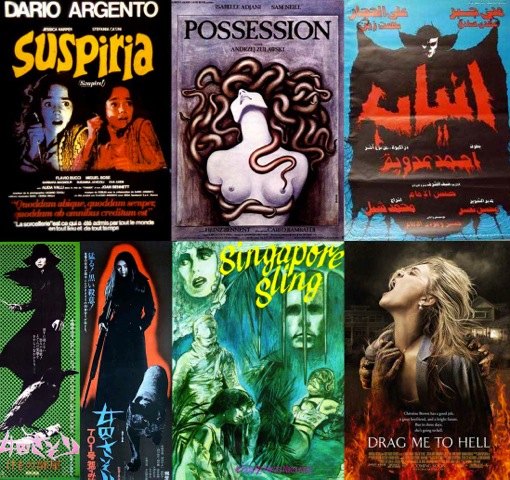
Alcune domande a Anja Kirschner
ATP: Ilaria Gianni’s email, was for me like a bolt from the blue. I immediately found the idea of exploring the horror genre through a political and?social interpretation extremely interesting. I’m a big fan of the genre and a supporter of its sociological interpretations. Personally, I have always interpreted horror filmography, to be very synthetic, as such a moment of awareness and emancipation from a sense of guilt (which makes me-categorize as “horror” even some linguistic devices that are ?not formally recognized as such, for example DeLillo’s White Noise it is according to be a complete horror book), but I am interested in your concern of giving it a political value and, actually, a specific political connotation (in a moment of crisis). Can you tell us more?
Anja Kirschner: My investigation into ‘horror’ is fairly recent and started with directors, who were fusing the horror-genre with tropes from melodrama, pornography and political thriller, placing the action against the background of post-war Japan, cold war Europe, the Metapolitefsi or post-military dictatorship period in Greece, the Infitah or Open-Door-Policy era in Egypt, US race-riots and the beginning of the sub-prime mortgage crisis. I am thinking here particularly of the films of Sunya Ito, of Andrzej Z?u?awski, Nikos Nikolaidis, Muhammad Shebl and Sam Raimi. What their films have in common is that in them ‘horror’ seeps through the rational limits of political analysis and connects it affectively to the trauma of the recent past and the guilt of knowing the price at which any present illusion of stability have been bought. That said, their plots are rarely overtly political, but rather are concerned mainly with the affective and psychic disturbances unleashed in the lives of individuals as the ‘fallout’ from larger economic and socio-political shifts. However, by creating monsters, these movies maintain that there is an objective, rational or trans-rational framework in which these disturbances occur. The ‘monster’ does exist – it is not the product of the protagonists strained mind. To me, this is not merely a puerile and escapist entertainment strategy, but may constitute an actual revolt of reason, in a desire to ultimately prevail, albeit in a heightened or liminal state. For where there’s demons, there is also the possibility of an exorcism or – more rarely – the possibility of merging with the other as a radical and perhaps even outré ethical choice.
ATP: Years ago I read a book of interviews with Dario Argento – which was one of your guests during the evening screenings – and one of his statements stuck to my mind. Argento was claiming that through his films he meant to create a sense of panic in the viewer and that this sense of panic manifested itself through the rising of the body temperature to 41 °. Essentially, this thesis states that, through fear, you can create an activation and a radical, unfettered involvement, a powerful enforced mechanism through a body fibrillation. For example, I always interpreted the terror campaign of the media (where the smallest and most innocuous news is magnified and enhanced dramatically, for example the use of the weather) as a powerful mechanism of consumption. Do you agree?
AK: I don’t think all there can be a unifying answer to the way horror movies, mass media, violence, fear and consumption relate, any attempt would just be an oversimplification of a contradictory and dynamic field, in which I’d even distinguish from director to director.
ATP: I would like to know more about the choice of screening Possession?by Andrzej Zulawski, a film that I really appreciate and that is almost ?totally unknown to the general public. The political significance in this film is quite obvious: it was filmed in Berlin in 1981 and the wall is a clearly visible?and recurring element in the film.
AK: Yes, but the great think is that Possession’s main plot never revers to politics – the husbands espionage activities only seem to serve to explain his long absences. And if you took the monster out, too, what you would be left with is a melodrama about the break-up of a marriage, almost incidentally set in the context of cold-war Berlin. Arguably, Possession could function without the introduction of as crass and artificial a device as the monster, but as soon as you drop the monster in, the interpretative possibilities multiply. For me this film it’s one of the most powerful examples of the potentials of the horror genre. The introduction of the monster defamiliarises a conventional narrative and challenges any habitual interpretative process it could otherwise trigger. It is also so jarring and schlocky that it affords the viewer an unexpected critical distance from the events presented while at the same time still stimulating him or her affectively. Further, the monster is not congruent or commensurable with the source of ‘evil’ – external forces have brought it forth and turned it into a destructive presence, yet as such it is also the site in which social contradictions materialise in physical form. What would commonly be read as subjective affliction now becomes an external presence visible to other protagonists in the same predicament or even society at large – the corrosive individual trauma becomes social. For Z?u?awski, however, this was no emancipatory process – the film ends with a nuclear bombardment.



